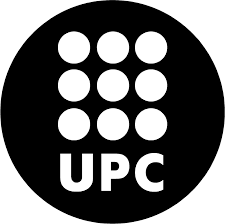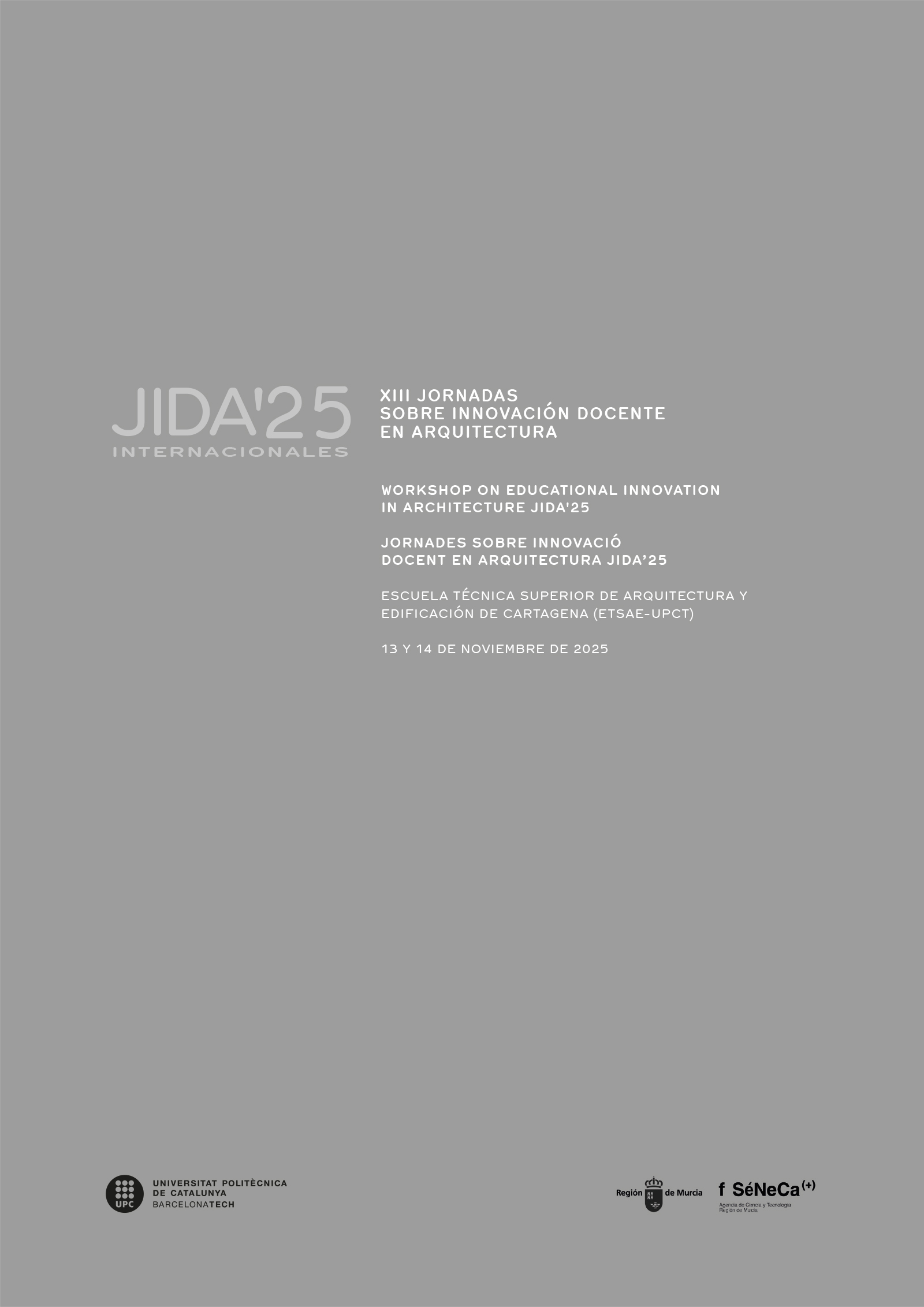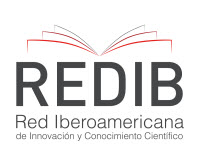Desing from the train: a collaborative inter-university Project in the Eixo Atlántico
DOI:
https://doi.org/10.5821/jida.2025.13649Keywords:
research by design, eixo atlántico, railroad, architecture collaboration, projectsAbstract
This communication presents a unique teaching experience developed during the 2019-20 academic year in two final-year courses of the Architecture Degree, linked to the Area of Architectural Design. The initiative, conceived within the framework of an international program promoted by a renowned American technological university, was enriched through active collaboration with two other architecture schools, one national and one international, fostering valuable exchange. The central pedagogical objective was to integrate applied research and design action, connecting various fields of knowledge inherent in contemporary architectural practice, using the territory articulated by the Eixo Atlántico as a laboratory.
The methodology was structured in two interconnected phases, using the Porto-Ferrol railway network as a guiding thread for territorial exploration. The first phase (4 weeks) focused on collaborative territorial research. Groups of students conducted an initial reconnaissance of the territory, complemented by critical analysis and the creation of thematic maps. Each group delved into specific areas of interest (weaknesses, strengths, potentials), which were discussed and collectively assigned to ensure broad analytical coverage. The purpose was to identify strategic "NODES": connection points with the potential for transport hybridization, the implementation of sustainable strategies, and socioeconomic development in low-density areas.
The second phase (10 weeks) consisted of the development of individual design interventions at the identified NODES. Building on the acquired knowledge, each student selected a site and defined a hybrid program adapted to the detected needs. Freedom was given to propose new construction, rehabilitation, or extension. The work culminated in the detailed definition of the project, including materiality and sustainability. This approach fosters a reflective practice, where research underpins the design proposal.
The emergence of the COVID-19 pandemic coincided with crucial phases of the course, forcing a rapid adaptation from face-to-face teaching to online and hybrid formats. Far from being an impediment, this unforeseen circumstance enhanced the resilience of the pedagogical model and strengthened virtual connections. Input from the faculty of the collaborating universities, maintained through online sessions, and various virtual sharing sessions, which even led to participation in international workshops, greatly enriched the uniqueness of the encounter and the quality of the results.
The results showed a remarkable maturity in the students, who successfully tackled an exercise presented in an unconventional, very open manner. The students' selection of study locations and themes did not result in repeated locations, enriching the diversity of the proposed solutions. The combination of group and individual work, together with the methodological adaptation, promoted collaboration, personal responsibility, and the ability to respond to uncertainty.
The diversity and quality of the final proposals, enriched by international dialogue, and the active involvement of students and faculty in the face of diverse approaches, underscore the effectiveness of integrating territorial research, design action, and interuniversity collaboration, even in complex and changing contexts.
References
Gaviria A., Peña M., González Harguindey F., Fernández Albalat, A. 2017. 1968-2018 La Ciudad de las Rías. Diputación de La Coruña.
Groat, L. & Wang, D. 2013. Architectural Research Methods. 2nd edition. New York: John Wiley & Sons.
Labarta, J. y Bergera, C. 2014. Metodología e innovación docente del proyecto arquitectónico: la experiencia del departamento de arquitectura de al Universidad de Zaragoza. JIDA'14. (pp. 54-66). VII Jornadas sobre Innovación Docente en Arquitectura. GILDA; UPC.
Martí Arís, C. 2005. La cimbra y el arco. Barcelona: Fundación Caja de Arquitectos.
Pallasmaa, J. 2009. The thinking hand: Existential and embodied wisdom in architecture. John Wiley & Sons.
MOMA. Accedido 14.09.2025. https://www.moma.org/collection/works/848?artist_id=7986&locale=it&page=1&sov_referrer=artist






















